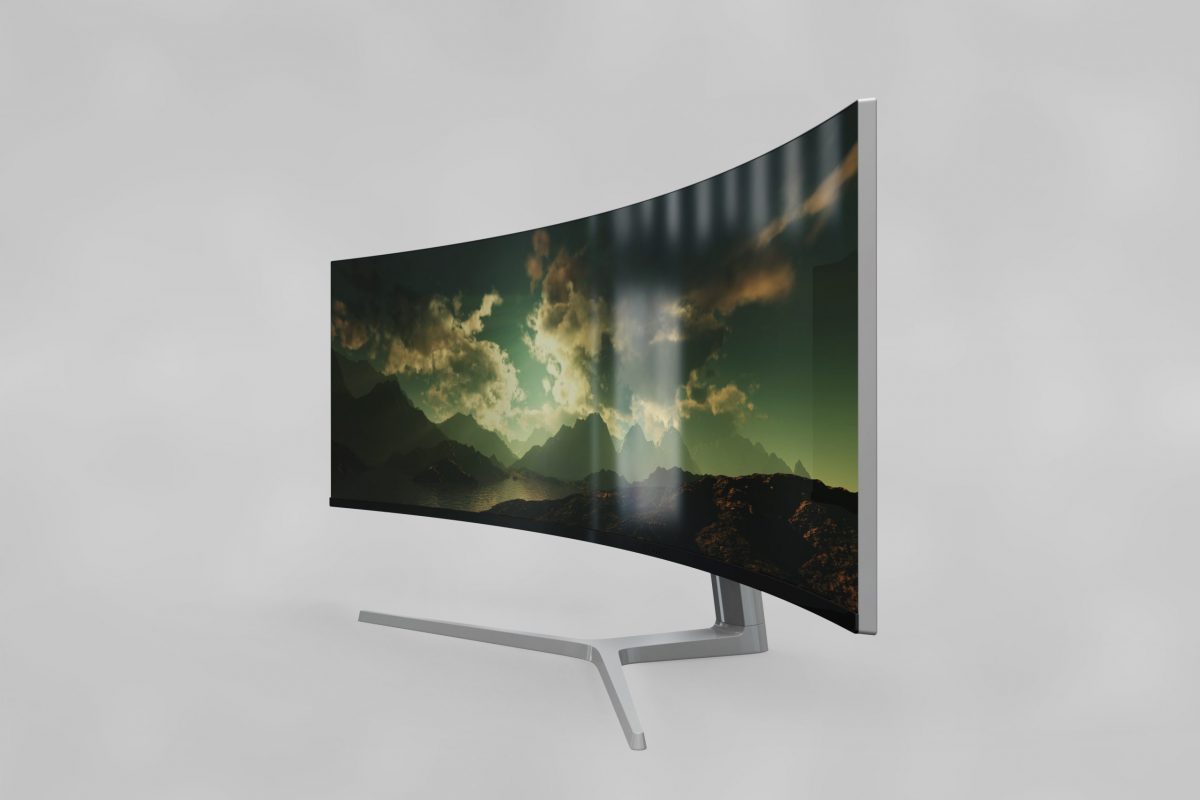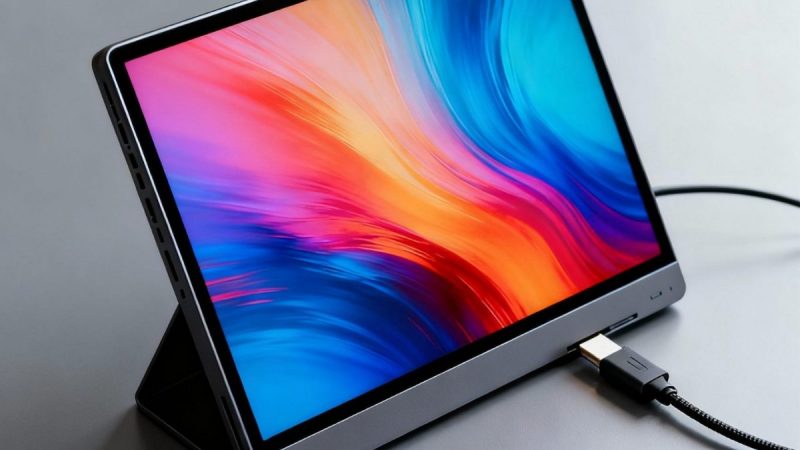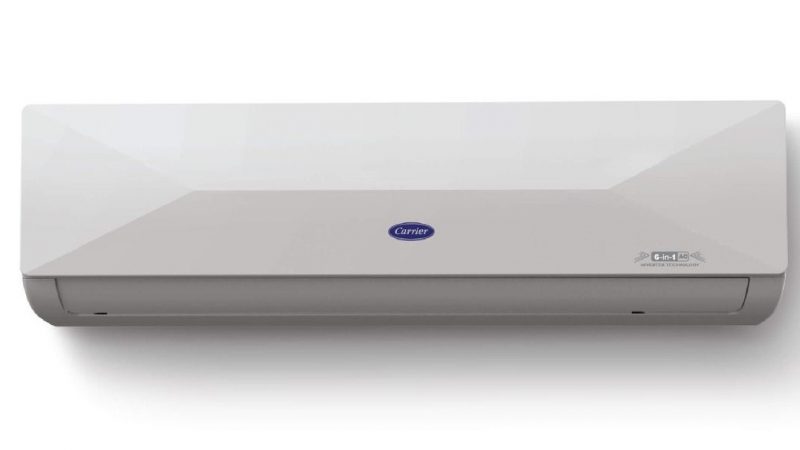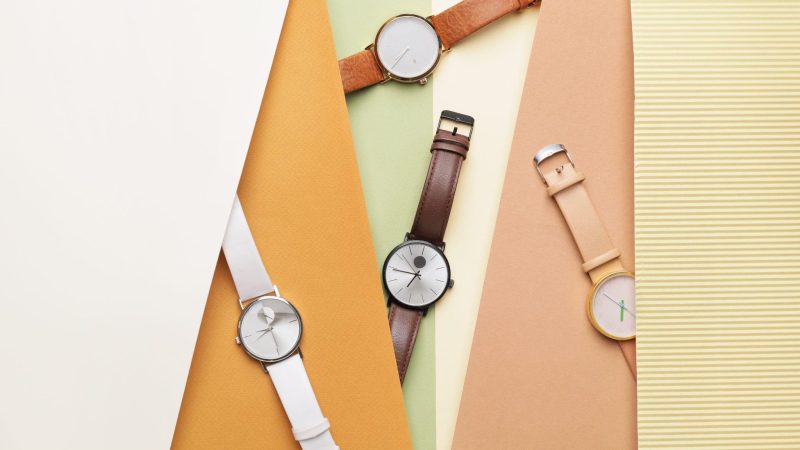Pros and cons of curved TVs

Strapline: Advantages and disadvantages of curved TVs
In the past few years, curved TVs are on the rise. Brands like Samsung, LG and others are offering these immersive multimedia devices. However, are these TVs actually good? If you are thinking about this, then this blog is perfect for you. Through this blog, we will look at the pros and cons of curved TVs. You can then decide if they are right for you.
What is a curved TV?
Curved TVs have a slight screen bend. Unlike traditional models, they have a wide arc. The bend ranges from 1800R to 4000R curvature, where the ‘R’ refers to the measurement of the arc. This curved look provides a better, more immersive viewing experience, an effect that is even more prominent on larger screens.
Pros of curved TVs
Here are some of the main benefits of a curved screen:
- More immersive experience – The subtle wrap-around effect gives a feeling of greater depth and makes you feel more immersed in the picture.
- Reduced screen glare – Curved screens reduce reflections and allow for wider viewing angles. The shape disperses ambient light across the arc rather than directly hitting the viewer.
- More cinematic – The curved shape mimics IMAX theatre screens for a more movie theatre-like experience at home.
- Natural field of vision – Our eyes see in a subtle curve rather than a flat plane, so curved matches our field of vision.
Those are the main advantages of curved TVs. Many reviews and experts agree that immersiveness and glare reduction are noticeable improvements for large TVs. But there are also many drawbacks.
Cons of curved TVs
Here are the potential disadvantages of curved TV technology:
- Limited sweet spot – While the curve slightly expands the ideal viewing angle, there is still only one “sweet spot” directly in front of the screen centre. Sit too far left or right, and image distortion could be a problem.
- Diminishing returns on small sizes – Curved screens on TVs smaller than 55 inches don’t have enough arc to create an immersive effect. The benefits really only emerge on very large screens.
- Reflections on the curve – While ambient light glare is reduced, image reflections can still occur on the curved surface. This is mostly an issue on high-gloss screens.
- Viewing distance challenges – You need a fair distance between the viewer and the screen for the immersive effect to work, around 8-10 feet. This may require greater room depth than a flat TV.
- Wall mounting difficulties – Curved TVs don’t mount flush to the wall, leaving a gap of up to 4 inches. This requires using extended wall mounts.
- Higher cost – Curved screens require specialised materials and manufacturing, so they cost more than flat screens of the same size and specs.
After weighing both the pros and the cons, here is the verdict on whether curved TVs are worth buying:
Curved TVs can provide an enhanced viewing experience, but primarily on very large screens of over 55 inches. The immersive benefits and glare reduction emerge most on big-screen home theatre models. But the cons, like limited flexibility, cost, and positioning challenges, outweigh the pros of smaller TV sizes.
Ultimately, curved TV technology does have some wow-factor on paper, but real-world limitations make its advantages situational rather than revolutionary. For most viewers, a high-quality flat 4K HDR TV provides gorgeous image quality without the drawbacks.
While brands may consider curved TVs as the next evolution in home entertainment, the benefits aren’t significant enough for many viewers to warrant the added costs and drawbacks. Evaluate your room size, typical viewing habits, and screen needs carefully before deciding if a curved TV is right for your space. You’ll most likely get an amazing high-definition movie experience without needing the curve.






